
2 minutes read
Efficient data filtering with whereIn() in Laravel
Table of contents
Introduction to Laravel’s whereIn() method in the query builder
When you’re diving into Laravel’s query builder, one of the handy tools in your arsenal is the whereIn() method.
It’s a straightforward yet powerful way to filter your database queries.
Think of it like a tool helping you pick exactly what you need from a list of items in your database.
How whereIn() works
Imagine you have a list of user IDs, and you need to fetch users that match these IDs from your database.
That’s where Laravel’s query builder whereIn() method comes into play.
It allows you to specify a column, like user_id, and a set of values. The framework then fetches rows where the column’s value is in the provided set.
Using whereIn() in your code
Here’s a quick example:
$users = User::whereIn('id', [1, 2, 3])->get();
In this snippet, the whereIn() method is fetching users whose id is either 1, 2, or 3.
Without whereIn(), you whould have to do something like this:
$users = User::where('id', 1) ->orWhere('id', 2) ->orWhere('id', 3) ->get();
When not to use whereIn()
While whereIn() is handy, it’s important to use it wisely.
If you have a massive array of items you’re filtering by, this can slow down your query. So, always try to limit the size of the array you pass to whereIn().
Instead, I would try to find the common denominator between all those items and use that to run my queries faster.
Did you like this article? Then, keep learning:
- Learn how to clear Laravel's cache to avoid query and app issues
- Explore building custom filesystem adapters to extend Laravel's file handling
- Master database transactions in Laravel for reliability with complex queries
- Discover best practices and tips to improve your Laravel codebase
- Enhance Laravel querying skills with powerful Collections tips and techniques
- Optimize database queries with Laravel's orderBy() method after whereIn()
- Improve Laravel model handling and IDE experience with Laravel Lift
- Deep dive into Laravel's query builder where clauses to filter data effectively
- Learn best Laravel practices to secure your REST API endpoints quickly
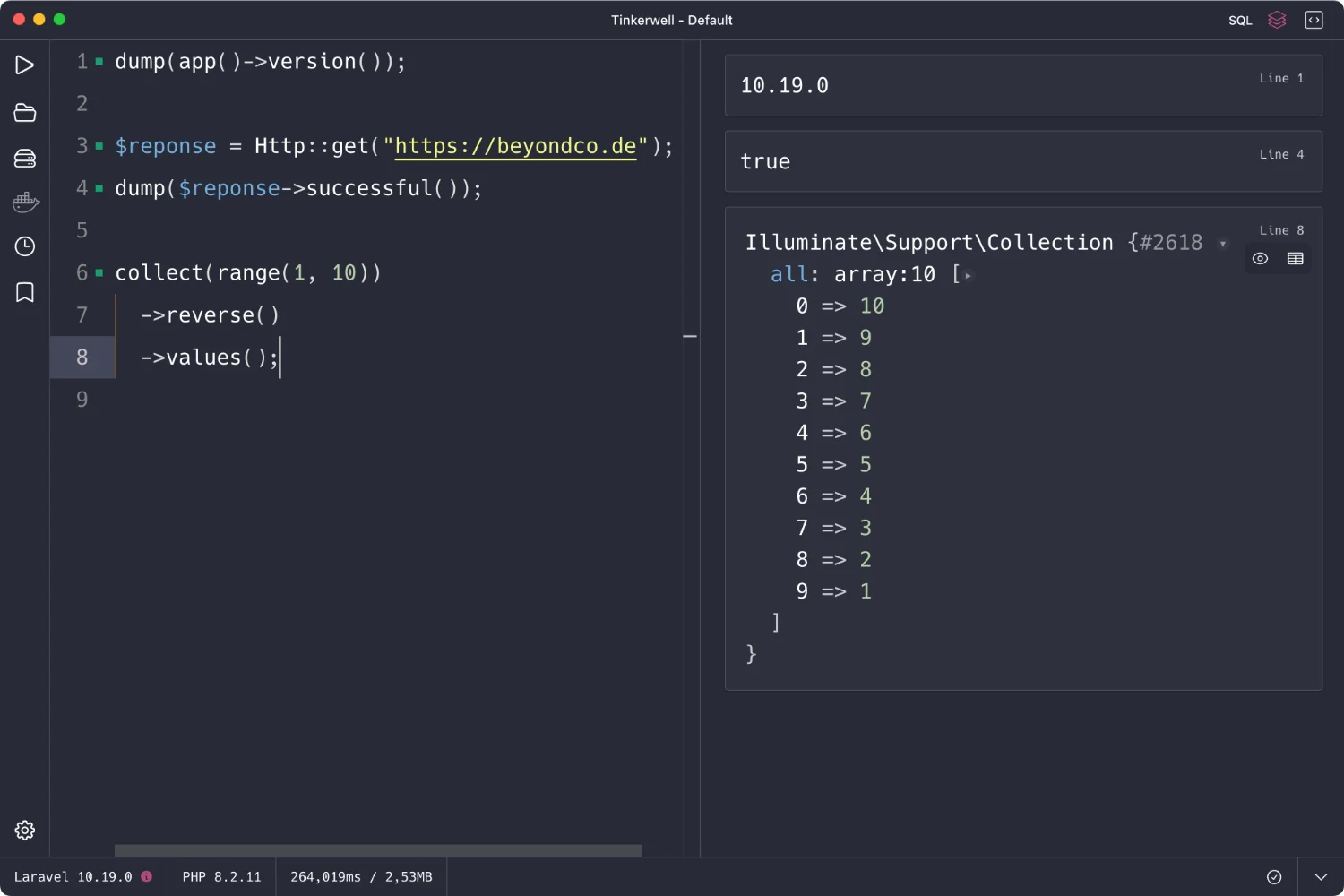
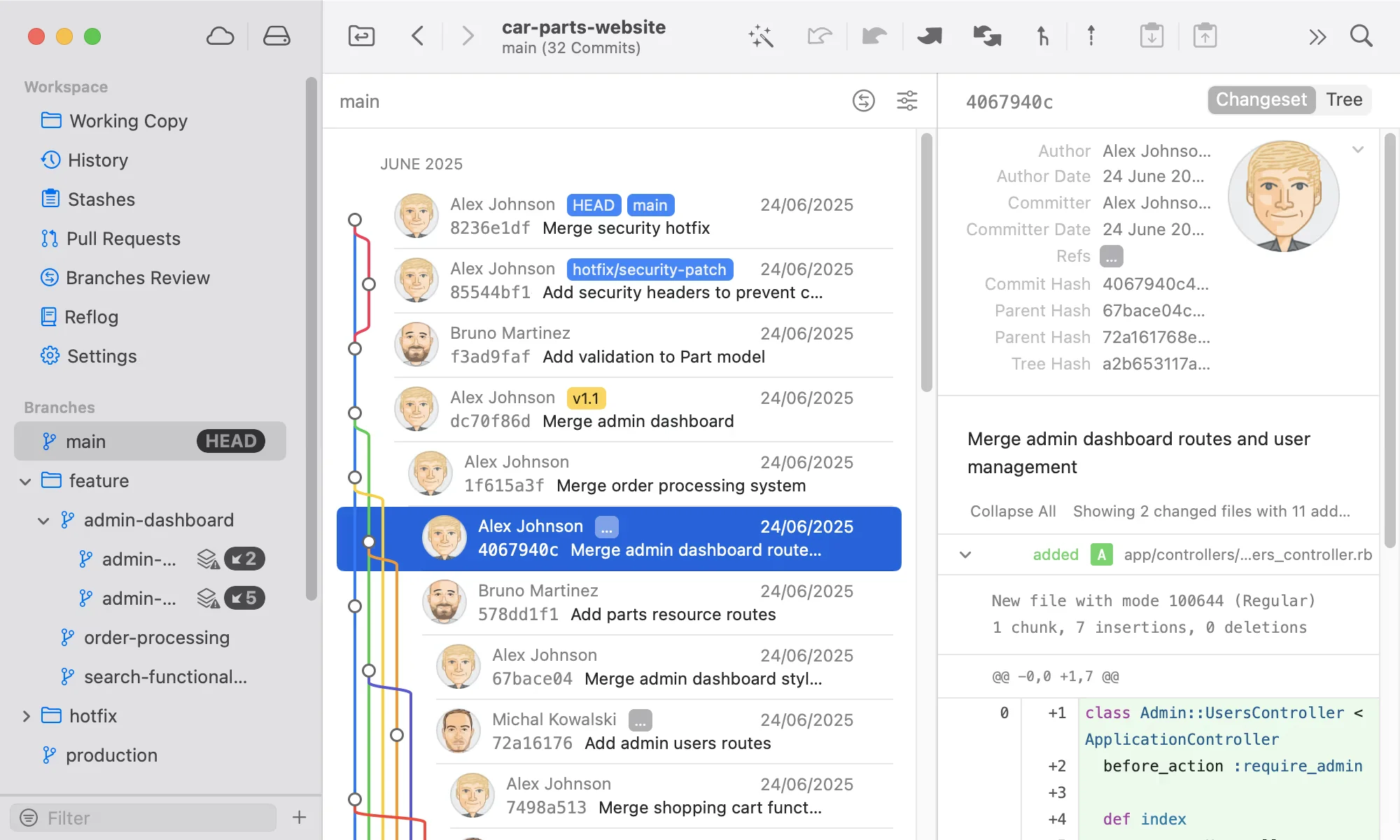
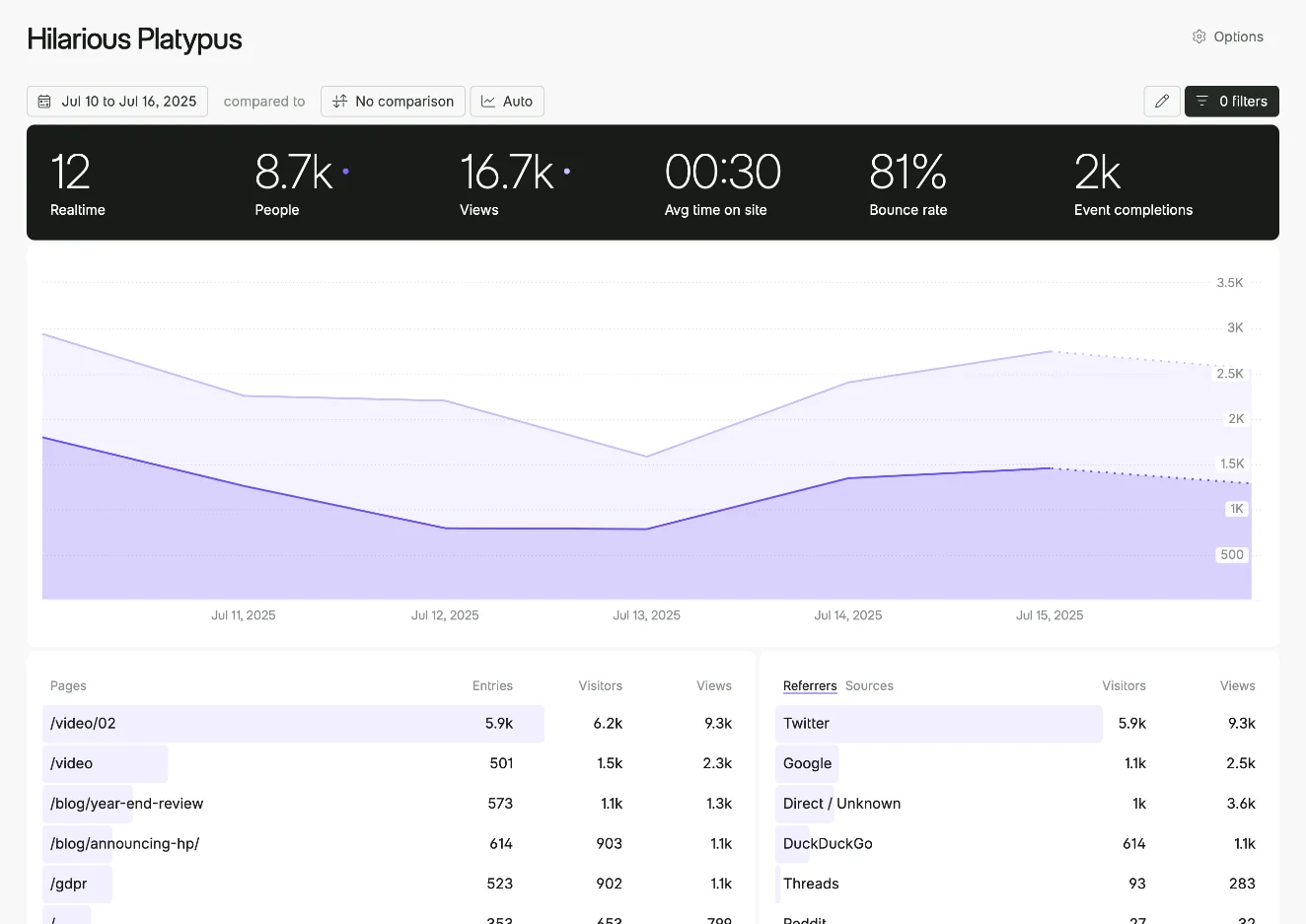
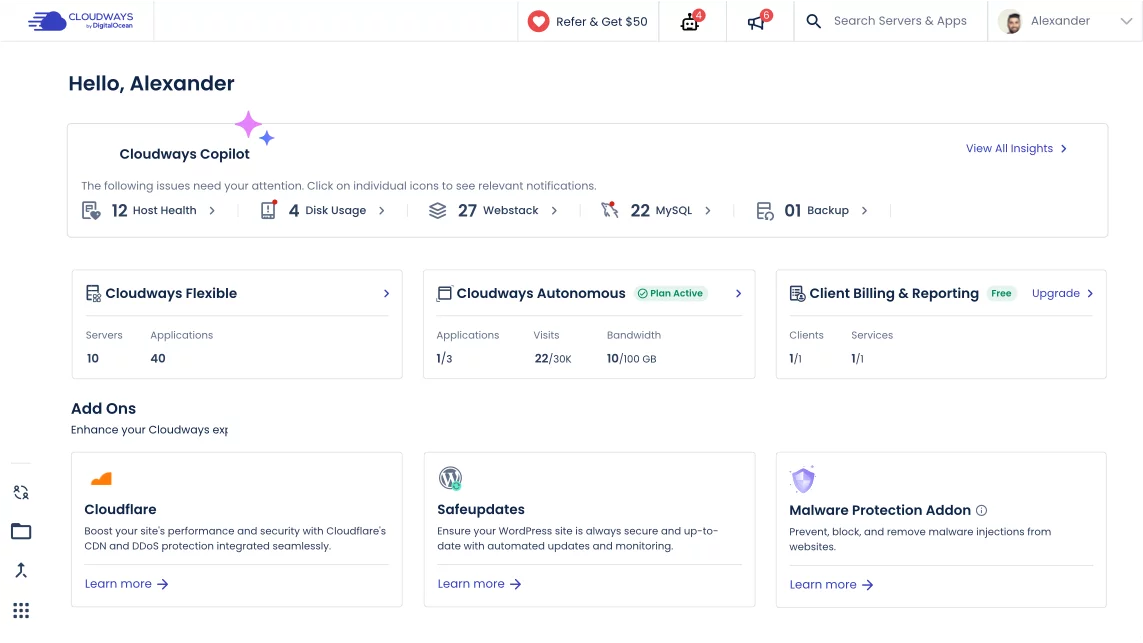

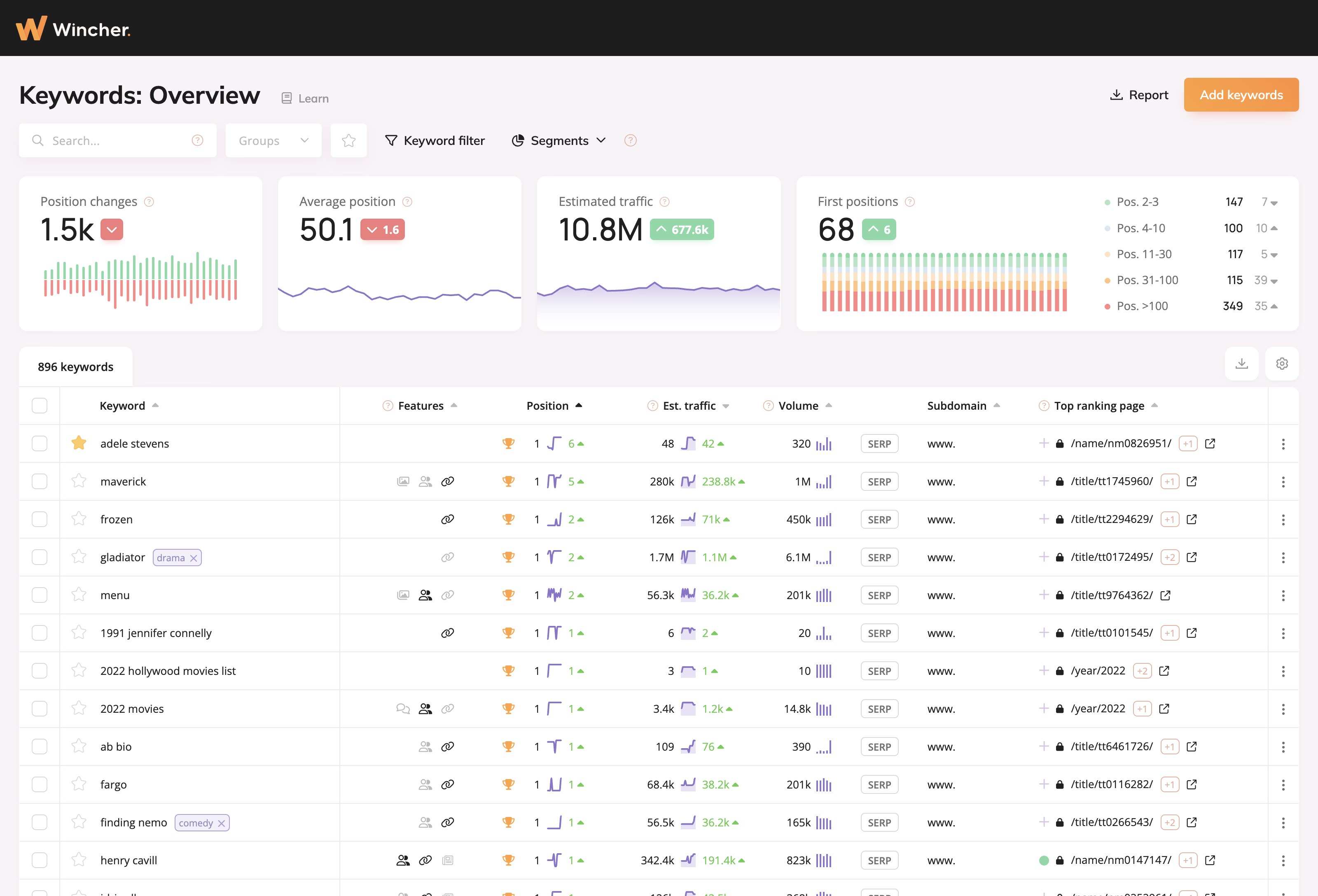
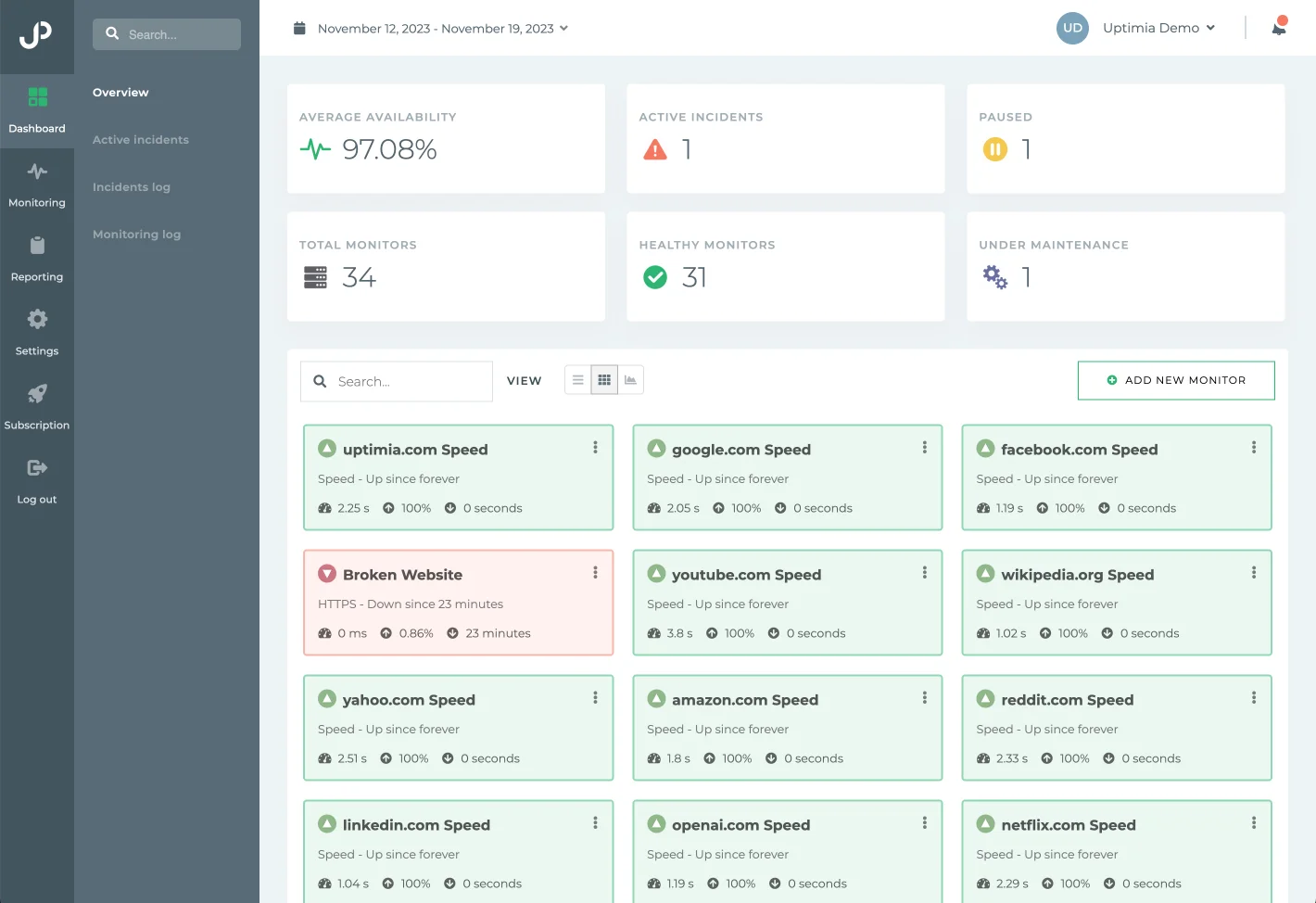

0 comments